A commemoration of the Egyptian queen
The writing on the history of Arab graphic design can be considered to be in its infancy. Yet a simple involvement through research in that history, with no surprise, reveals how unequally women are represented and acknowledged. The important key figures in what we know about that history appear to be predominantly male. Like most domains, women in history have been marginalized and disregarded both socially and professionally. This takes shape more profoundly in our region. Therefore, a conscious eye looking and investigating that history can not help but wonder where are the women in our design history? As the field stands now, statistically it is a female space, yet simple analysis of the roles they exist in, reveals that the more up you go on the career ladder, the fewer women you find in senior positions in comparison to men, and that is not necessarily a regional phenomenon, this is happening worldwide.
Nonetheless, it is of grave importance that we are conscious and aware that Arab women have been systematically defaced and rendered invisible for their contributions in that already blurred history, and that is still happening to this day.
This quick introduction both aims at acknowledging an underlying implicit bias towards male figures for leadership positions as well as hopes to encourage more people to investigate more women designers and share their stories. It might not be an easy task, as this systematic disregard in documenting and recognizing women happened in their own time and for much more complex reasons at times, yet, we have to deal with this difficulty to ensure an honest, equal, and fair representation of our history.
This can also invite us to examine our criteria of today and maybe asks us to reflect further on our unrealized biases. We are currently building our own canon of design, so let us build it consciously.
I have been working on archiving and making available to the public Arabic cover designs so that this archive can be used by students, scholars, and for research and reference purposes. Along that journey, a few female names popped up a few times in some of the covers I am documenting and archiving, but one name kept repeating on many occasions and I couldn’t help but wonder, who is Samiha Hasanin.
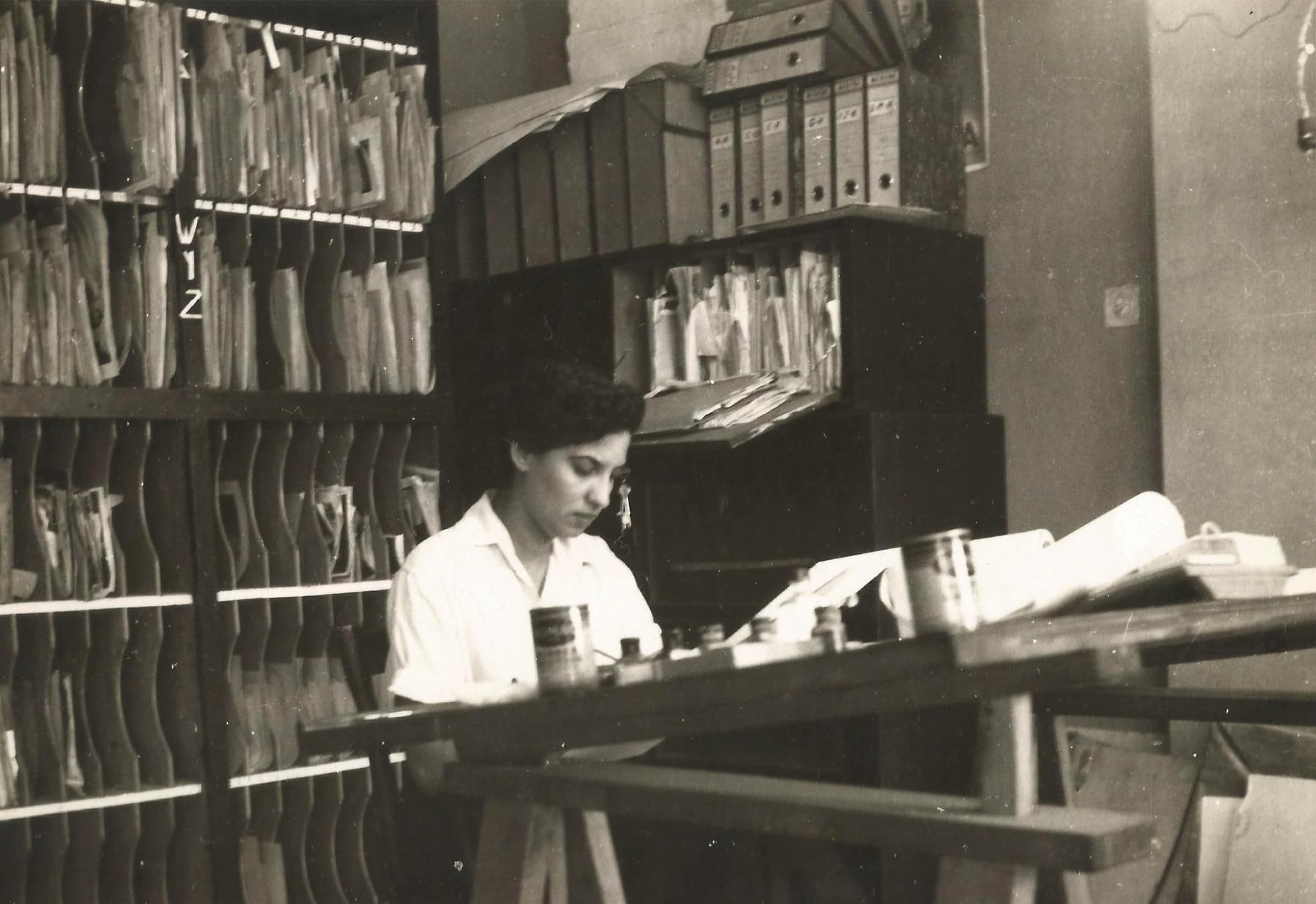
Samiha Hasanin at Dar Al Hilal
Courtesy of the personal collection of Mrs Mona Saad Aldin Wahba
With a quick internet search, you find, or rather you don’t find anything about who is she, her work, achievements, curriculum, or anything other than one or two very dimmed pieces of writings from people who had a personal and a professional relationship with her.
This piece of writing is not meant to formally analyze or reflect on the works of Samiha Hasanin, maybe that is the topic of another piece, but rather just simply point out and make sure we re-inscribe her name and legacy on the radar of graphic design history.
Samiha Hasanin also known as Bahira Hasanin Ali Salem, is an Egyptian artist/ designer who was born in 1926. She was taught in a private drawing and painting academy in Egypt. In her 20s she joined Dar Alhilal press and worked there for half a century on many covers and illustrative pieces for books and magazines alike.
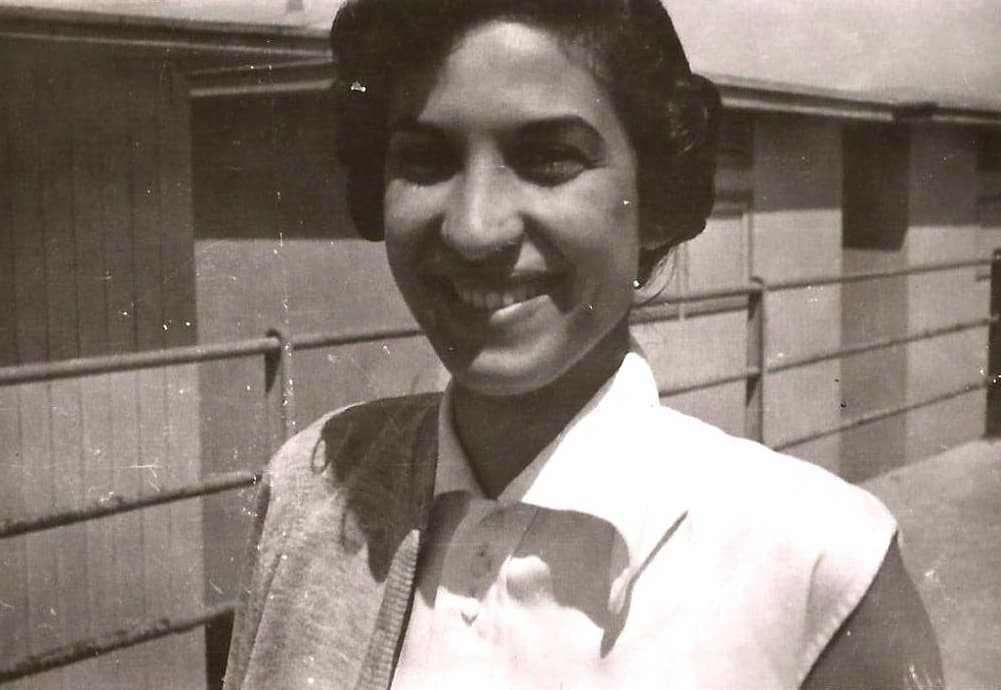
Samiha Hasanin
Courtesy of the personal collection of Mrs Mona Saad Aldin Wahba
She was the first wife of Saad Aldin Wahba, that is why it is believed that she has been intentionally erased from the collective memory of society in favor of his second wife, Samiha Ayoub.
Samiha among a few other women artists and designers was one of the first Egyptian women to get into the field of designing covers since she joined Dar Alhilal in 1947. She was given the title of the queen of cover design by Mrs Safi Naz Kazem the Egyptian author and critic. Yet despite her contributions to the field, she was intentionally defaced even before she passed on.
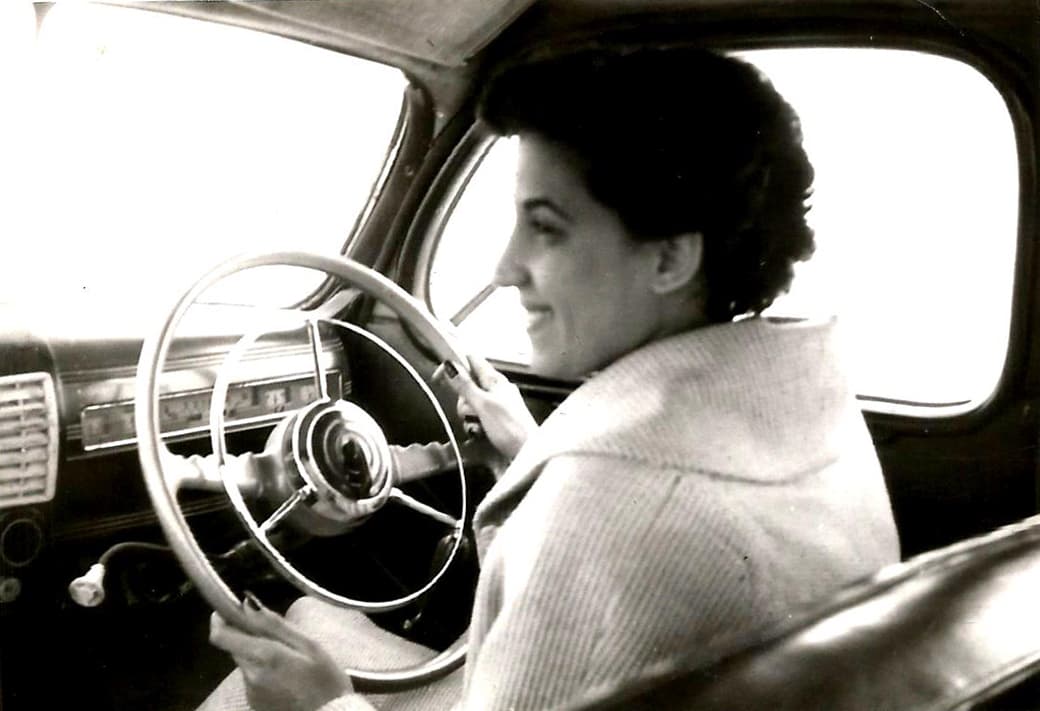
Samiha Hasanin
Courtesy of the personal collection of Mrs Mona Saad Aldin Wahba
Here is to Samiha, we don’t know much about you yet, but we will, that’s a promise.
Here are a few pieces for her work:

Samiha Hasanin
Nisf Al Donia Magazine, Years varied

Samiha Hasanin
Book cover, 1987
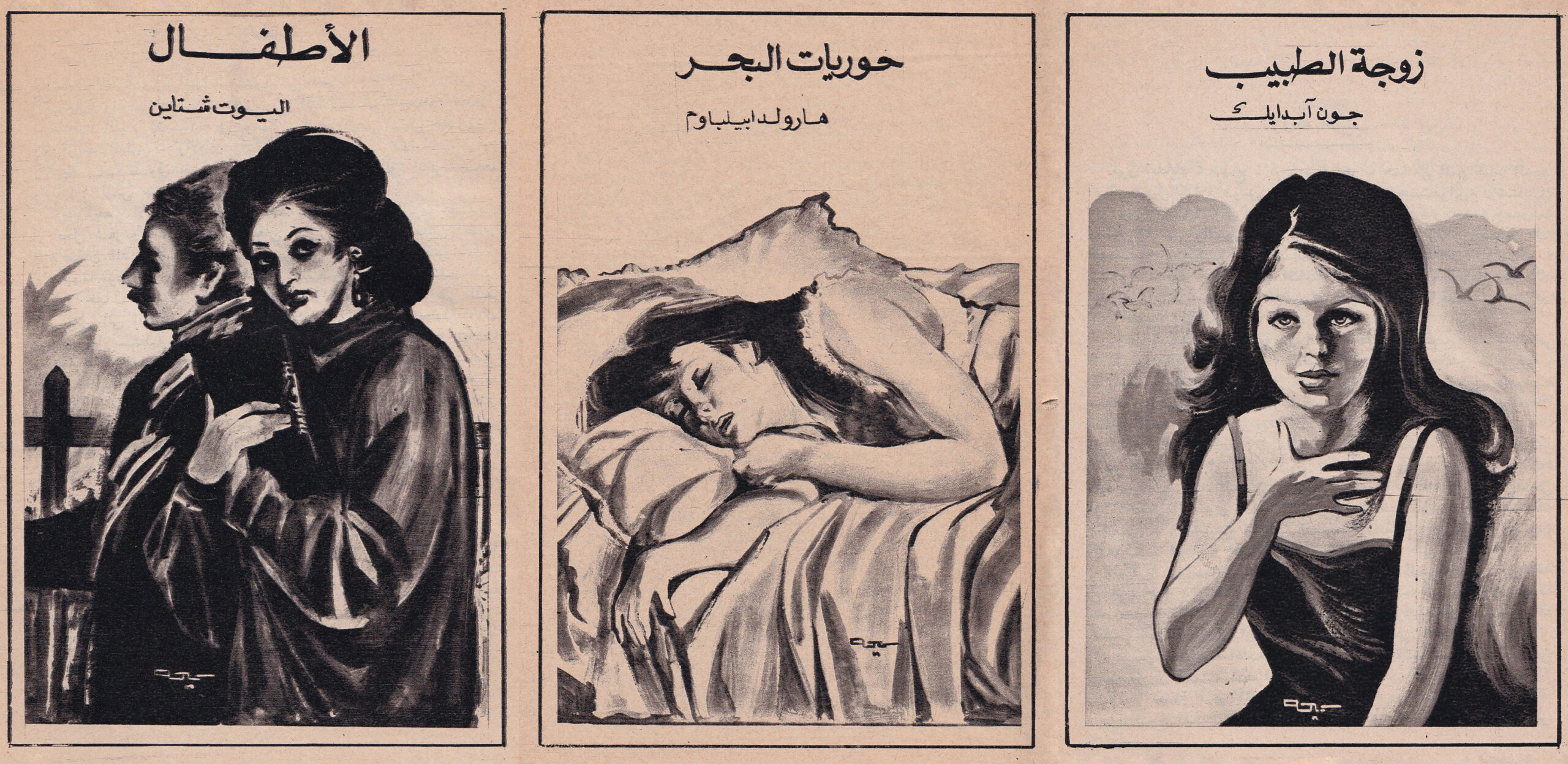
Samiha Hasanin
Inside Pages, 1979

Samiha Hasanin
Book cover, 1982
Left: The Dangerous Turn
Samiha Hasanin
Book cover, 1983

Samiha Hasanin
Book cover, 1983

Samiha Hasanin
Book cover, 1983

Samiha Hasanin
Inside Pages, 1979

Samiha Hasanin
Book cover, 1986
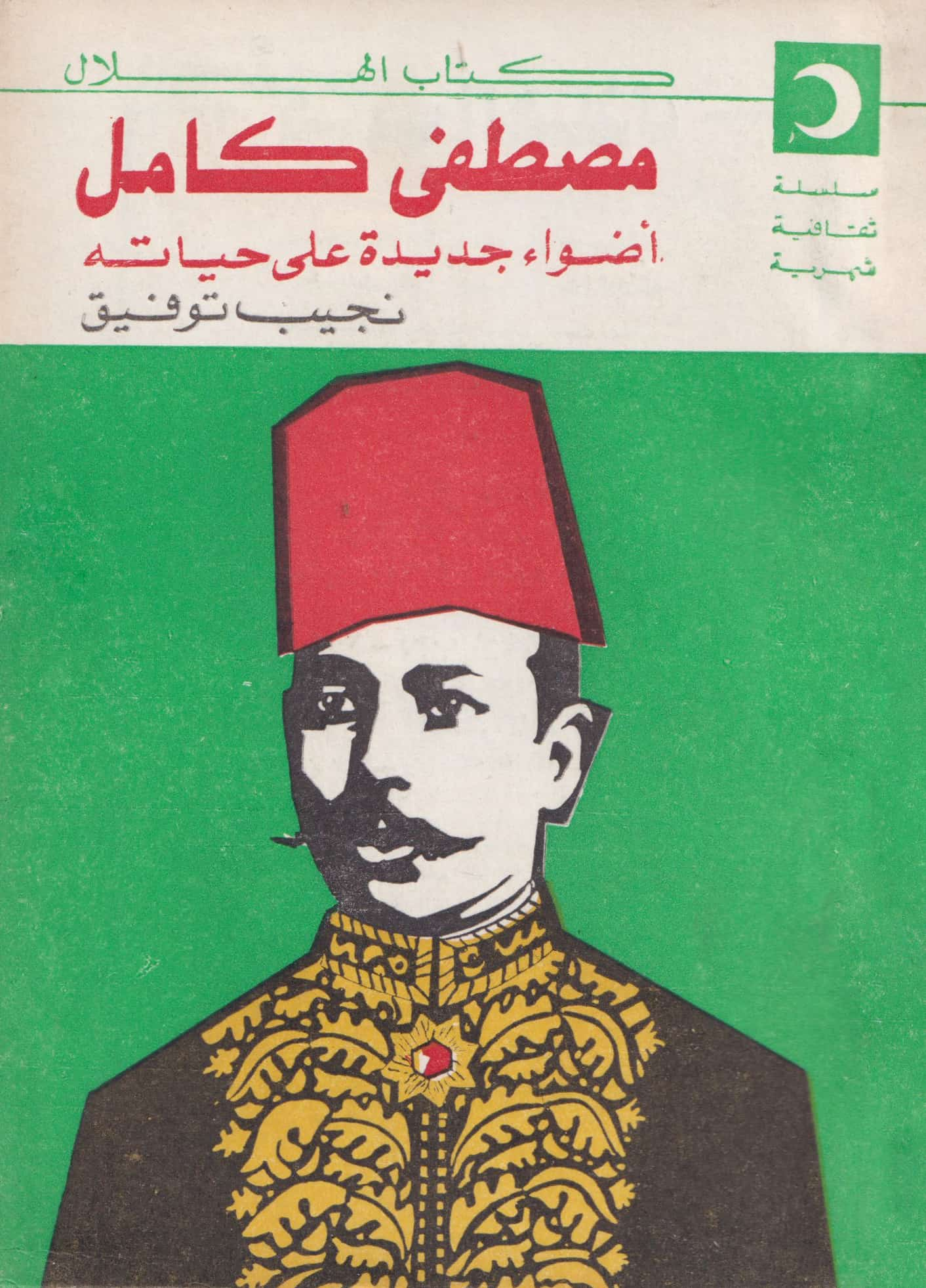
Samiha Hasanin
Book cover, 1981
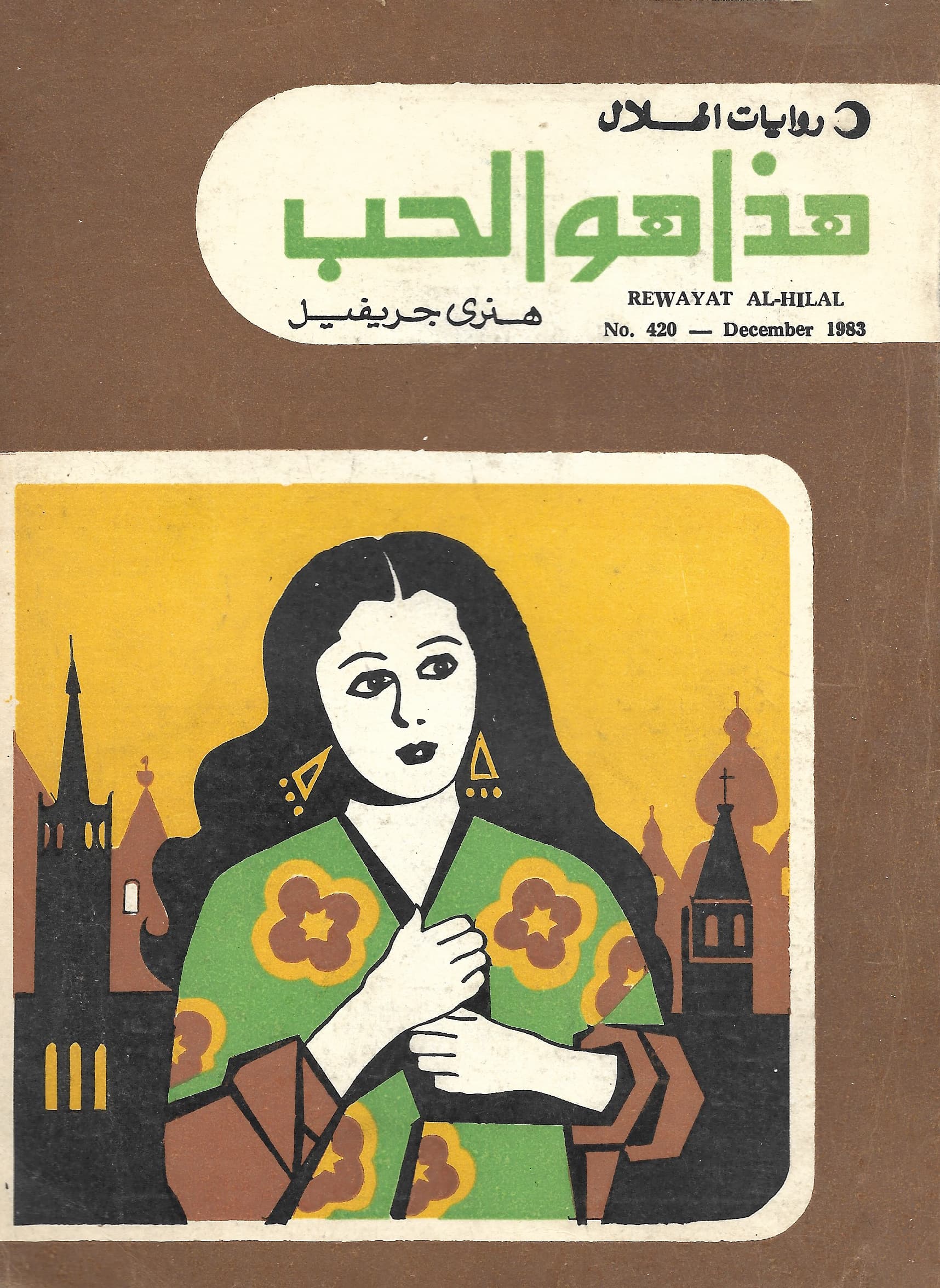
Samiha Hasanin
Book cover, 1983

